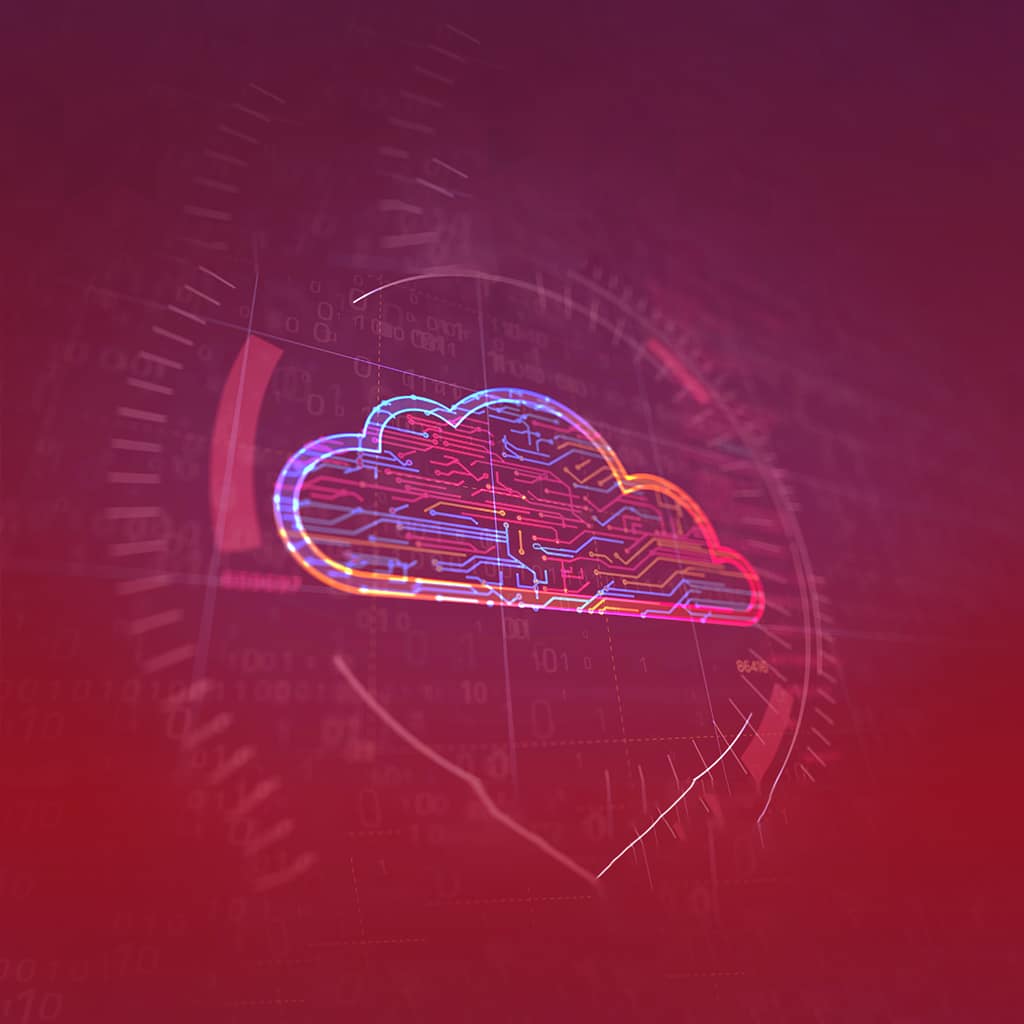
Why Monitoring Performance is Crucial to Commerce in the Cloud
An elastic, cloud-based commerce environment has the potential to improve customer engagement and enhance website performance.
But it’s not a sure thing. If you don’t follow specific steps in your system’s design and implementation, you may be surprised to learn that your new technology is actually degrading performance.
This can happen because a cloud-based commerce operation has so many interconnected parts moving data across networks. For example, most cloud commerce operations rely on web services and APIs to fine-tune the customer experience. Alas, many of these solutions are somewhat abstract and often beyond your direct control. This obliges you to develop your commerce architecture carefully up-front to optimize performance and prevent hang-ups.
Possible Issues Affecting Performance
Here are two common scenarios that may crop up in modern cloud commerce environments:
- Your SEO team informs you that pages are loading slowly, and search engines are tanking your page rankings.
- Your analytics team reports that customers are abandoning shopping carts more often than they did in the recent past.
A single microservice somewhere in your purchase process could be the culprit. Or perhaps an API has a subtle flaw in its implementation or the processing time of the services is not efficient on the front-end.
These kinds of problems are not inevitable — especially if you plan ahead and follow the steps required to ensure top performance. Of course, you can’t anticipate every challenge in a complex commerce environment; that’s why you need tools to identify factors that are slowing system performance.
Monitoring Cloud Commerce Performance
No matter how well you plan, from time to time a glitch will sneak up on you and start degrading your shopping experience. System monitoring tools can sound the alarm and help you diagnose problems and then fix them quickly and effectively.
Platforms like Microsoft Azure and Google Cloud provide tools to monitor clusters and support applications. Open-source technologies like Grafana and Prometheus also deliver strong monitoring options. These and many other monitoring tools are essential.
If your site is running slow and your customers are noticing, you have to respond quickly. Monitoring is a huge help, though the tools might not be as “out-of-the-box” as you might hope. You have to invest some time in figuring out how to make them work best with your environment.
Also, remember that monitoring is crucial throughout the development, implementation and iteration phases of cloud commerce.
Getting Help with Performance and Monitoring
Embracing cloud commerce successfully means creating systems and procedures to diagnose issues and cure them before customers notice. The trouble is, there’s always something waiting to reveal a flaw in your best-laid plans.
That’s why it’s so crucial to work with a seasoned cloud commerce development partner like DMI. Our system architects and technical leads have deep experience and broad training in multiple markets and commerce verticals. This track record gives us the insight required to develop robust cloud strategies that protect performance and prevent slip-ups.
We’ve seen enough to anticipate the most common issues and adapt effectively to the outliers. That’s what you need to draw maximum value from your cloud commerce ecosystem.
—Andrew Powers, senior vice president, solutions delivery, digital commerce